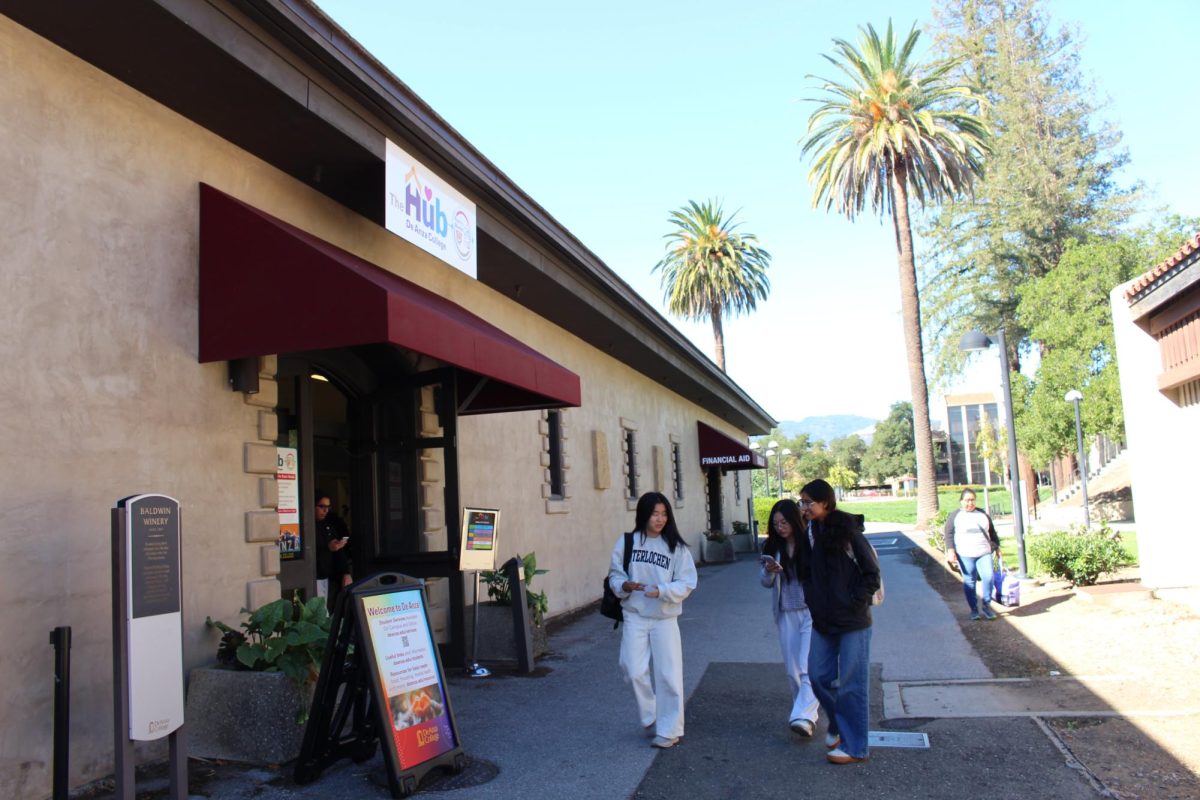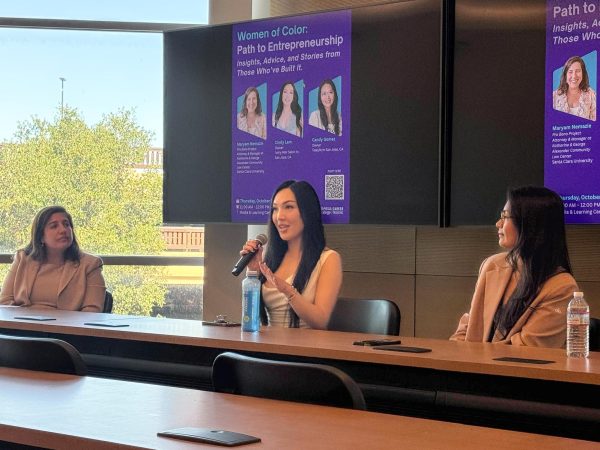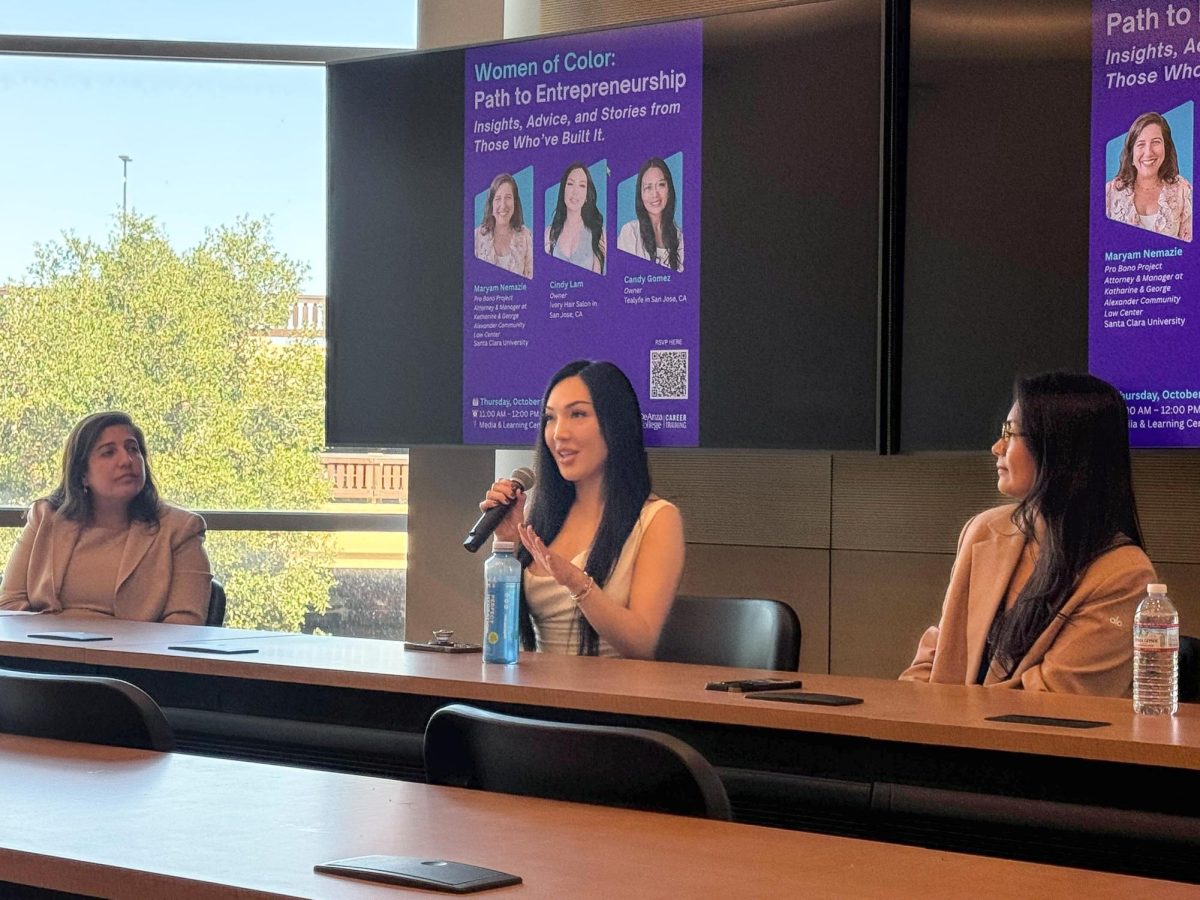Priority registration changes fall 2014
April 21, 2014
Starting fall quarter 2014, priority enrollment will undergo various reforms in order to meet state requirements.
First, continuing students will be required to be enrolled full time. This means students will need to be registered for 12 units or more in order to qualify.
Second, students who have completed 150 or more units will not receive priority registration.
Third, continuing and new students must declare a major and select a goal of transfer, degree, or certificate.
Finally, new students will be required to attend a college orientation course and declare a major or educational goal before they receive priority registration.
“Students will need to know the new rules and make informed choices earlier,” said Kathleen Moberg, dean of Admissions and Records.
The goal of these changes is to help students be better informed when they enter De Anza and to encourage them to follow their educational goals as a method of making them more successful.
These changes were introduced as part of the Student Success Act in 2012. The act changes how students are assigned registration dates based on importance of orientation, new students, completion of educational goals and introducing new technologies to better support student services.
“The problem is that the [Student Success and Support Program] assumes students know what they want to do when they enter college and don’t need time to explore their interests,” Moberg said.
The act does not address the depletion of resources in its design to increase student services in its 22 specific policy changes to improve students success.
One of the driving facts, according to the California Community Colleges Chancellor’s Office, is that the United States Bureau of Labor Statistics projected that the number of jobs requiring at least an associate degree will increase by 19 percent by 2018.
Despite the government funding for community colleges having been cut by $1.5 billion and enrollment decreasing by more than 600,000 in the last four years, there is a growing demand from high school graduates, veterans and workers seeking training.
These new changes are designed to fill that need.




























